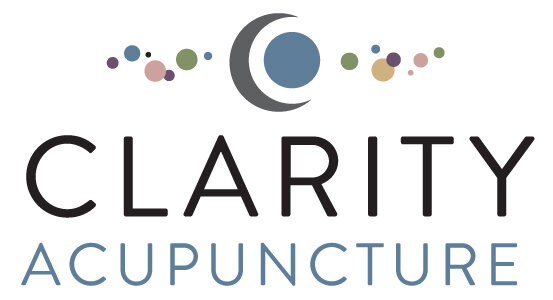How do acupuncturists decide which points to use?
Acupuncturists are trained to ask people a lot of questions. I mean, tons of questions. And then, we listen closely to the answers, to get to the heart of what each patient needs. That may sound simple, but listening is a skill… and being listened to, well, that can feel like a luxury these days.
Sometimes patients need help with something physical. Sometimes their needs are emotional. Oftentimes, it’s both. The only way to really know is to dig in, be present for each patient, and be ready for and open to whatever is coming up moment to moment.
In Chinese Medicine, we connect dots that may not be as obvious through a Western Medicine lens. To do this, we’ll ask you about things like:
· Your body temperature and sweat
· Thirst and fluid intake
· Diet and food cravings
· Digestion
· Urination and bowel movements (we talk a lot about poop!)
· Energy levels
· Sleep habits
· Head, chest, and body symptoms
· Pain
· Women’s/Men’s health
· Emotional symptoms and experiences
During your appointment, I’ll check your pulses—probably multiple times, to see how things change throughout the session. I may even look at your tongue, as it gives a lot of information about what is going on inside your body. We just have to be careful during pandemic times.
Once I gather all of that information—that’s where my extensive education and clinical experience kick in! Acupuncturists spend at least 3 years in school and in our clinical internship. We are taught how to interpret your symptoms and learn over 400 acupuncture points. While we may not have the action of every point memorized, we do learn a lot… and we have a stack of textbooks to help us out, too. You can read about my training here.
And so, knowing which points to pick comes down to asking the right questions, listening closely to the answers, and then using learning and experience to put together the pieces. I love that my job is to help people feel their best! I am deeply humbled by the incredible work that each patient undertakes on their own journey. To all of my patients—past, present, and future—I am grateful that you choose me to be a part of your healing.
